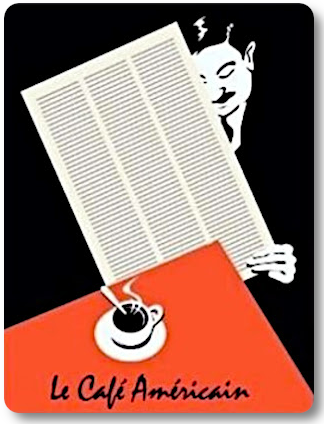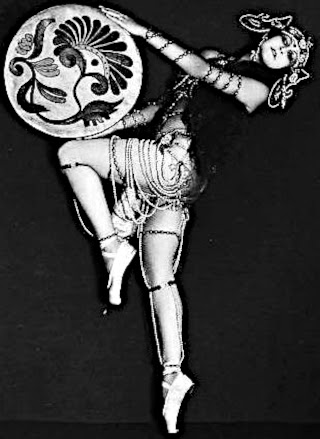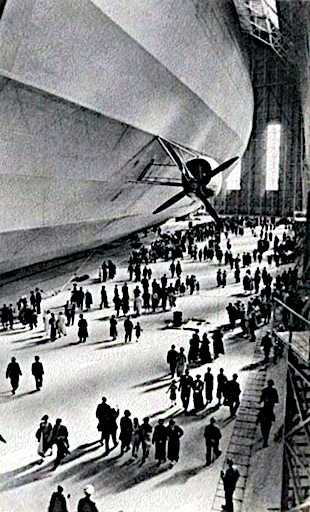We are in a market liquidation that is very powerful and ought not to be underestimated. In the short term value means little when the task is to raise cash and sell assets to do so.
Still, it is good to keep the longer term in mind, while we WAIT for the market to stabilize. Please also remember that the mining stocks are NOT the underlying asset, and should be treated as a speculation.
We started buying high yield and high cashflow per share energy and mining stocks today, hedging them dollar for dollar with QID and SDS and DXD. We will vary the ratios and positions accordingly. We have done this before in this cycle when we reach support and resistance levels we consider to be 'extreme.' The first few attempts were not entirely fruitful.
The objective is to emerge from a short term or intermediate term market bottom with our capital intact, holding a portfolio of very desirable stocks with attractive yields that pay while we wait.
This mix gives us some downside and upside protection, for those who have had this market whipsaw them on the bearish side with 400 point rallies. We actually came to this strategy from our approach to this decline from the short side.
This is not simple to do and we do not recommend it for those not experienced with hedged positions. Getting the ratios to work for you, and not against you for a double hit, is a critical competency. Overtrading is a definite risk.
22 October 2008
Long Term Gold Chart and a New Set of Hedged Positions
G20 Leaders to Meet on November 15 in Washington DC
This will be interesting to watch, since it is conceivable that by the time of this meeting Bush's party may have lost the presidency and both Houses of Congress.
However it develops, for some reason it sends a chill to those who are not global unionists and who have an abiding distrust of statists.
This also spells potential volatility for the currency markets, since one thing these fellow do know how to accomplish is to 'fix' the currency markets if not the financial system.
NY Times
Bush Invites World Leaders to Economic Talks
By SHERYL GAY STOLBERG
October 22, 2008
WASHINGTON — President Bush has invited the leaders of 20 nations to come to Washington on Nov. 15 for an international meeting on the economy, the White House said Wednesday. The move could eventually lead to a far-reaching overhaul of the rules governing global financial markets.
The meeting, intended to be the first of several global economic meetings, will come less than two weeks after the presidential election, and its timing underscores the urgency the administration feels in addressing the financial crisis. The White House has said Mr. Bush would “welcome input” from the president-elect, although it is unclear if Mr. Bush’s successor would attend. (At this meeting Bush could be the lamest of lame ducks - Jesse)
The meeting will have a broad agenda, laying the groundwork for the leaders to “agree on a common set of principles for reform of the regulatory and institutional regimes for the world’s financial sectors,” Dana Perino, Mr. Bush’s press secretary, said in announcing the meeting.
Mr. Bush has been under intense pressure for several weeks from leaders in Europe, especially President Nicolas Sarkozy of France, to convene an international meeting of economic powers to address the financial crisis. Mr. Sarkozy has called for strengthening and rewriting the rules governing global financial institutions, fashioned after the 1944 meeting in Bretton Woods, N.H., in which 44 nations remade the global financial system after the Great Depression. (Is Sarkozy the new Tony Blair in Europe? - Jesse)
But the White House initially sounded skeptical of the idea; administration officials have said Mr. Bush is wary of any effort to allow other nations to exercise control over the United States banking system. Over the weekend, though, Mr. Bush; Mr. Sarkozy; and the president of the European Commission, José Manuel Barroso, had dinner at Camp David and apparently brokered an agreement.
While Mr. Sarkozy had been pressing for a meeting of the so-called Group of 8 world economic powers, Mr. Bush insisted that developing nations be included. After their dinner on Saturday night, the three men issued a joint statement saying they would reach out to world leaders with the intent of convening a series of economic meetings.
The venue also appears to have been an issue. Mr. Sarkozy said over the weekend that he hoped the first meeting would be held by the end of November, and suggested it be convened in New York. “Since the crisis started in New York, maybe we can find the solution in New York,” he said. “This is a worldwide crisis, and therefore we must find a worldwide solution.”
By convening the meeting in Washington, his home turf, and by insisting that leaders from developing as well as developed nations attend, Mr. Bush appeared to be putting himself firmly in charge. (The lame duck's swan song? Let's hope so - Jesse)
White House officials have said that the president is especially concerned that an effort to rewrite global financial rules could hurt capitalism and free trade; in her statement, Ms. Perino said the agenda would include “an opportunity for leaders to strengthen the underpinnings of capitalism by discussing how they can enhance their commitment to open, competitive economies, as well as trade and investment liberalization.”
The White House drew the list of invitees from the so-called G20, a forum of rich and emerging nations that was convened in 1999 after an earlier international crisis. Its members are Argentina, Australia, Brazil, Britain, Canada, China, France, Germany, India, Indonesia, Italy, Japan, South Korea, Mexico, Russia, Saudi Arabia, South Africa, Turkey, the United States and the European Union.
Other international officials, including the managing director of the International Monetary Fund, the president of the World Bank and the United Nations secretary-general have also been invited to attend, the White House said.
21 October 2008
Goldman May Be the Fed's Consigliere, But JPM is Still a Capofamiglia
Bloomberg
Fed to Provide Up to $540 Billion to Aid Money Funds
By Craig Torres and Christopher Condon
Oct. 21 -- The Federal Reserve will provide up to $540 billion in loans to help relieve pressure on money- market mutual funds beset by redemptions.
``Short-term debt markets have been under considerable strain in recent weeks'' as it got tougher for funds to meet withdrawal requests, the Fed said in a statement in Washington. About $500 billion has flowed out of prime money-market funds since August, a Fed official said.
The initiative is the third government effort to aid money- market funds, which in stable times are a key source of financing for banks and companies. The exodus of investors, sparked by losses from the aftermath of the Lehman Brothers Holdings Inc. bankruptcy, contributed to the freezing of credit that threatens to tip the economy into a prolonged recession.
``The problem was much worse than we thought,'' Jim Bianco, president of Chicago-based Bianco Research LLC, said in a Bloomberg Television interview. Policy makers are trying to prevent ``Great Depression II'' by stemming the financial industry's contraction, he said.
JPMorgan Chase & Co. will run five special units that will buy up to $600 billion of certificates of deposit, bank notes and commercial paper with a remaining maturity of 90 days or less. The Fed will provide up to $540 billion, with the remaining $60 billion coming from commercial paper issued by the five units to the money-market funds selling their assets, central bank officials told reporters on a conference call...
How High Will the Dollar Go?
Let's call this one "Your Host Exhibits His Falliblity" and general inability to see the future. Its a good reminder to all of us, of how little we really 'know.'
This is an email sent in response to a question "How high will the Dollar rally? Give us a best guess."
Who can know these things with any certainty? As guesses go this is probably as good as any.
Tell me if the European banks are stabilizing and are no longer starving for dollars, and that there is a meaningful decline in the TED and LIBOR$ and the top in the dollar will be easier to project.
Its hard to say because I don't have the latest data on the Banks balances in europe from BIS.
For my best guess I have to go to the charts. Part of me says it tops this week, but I won't bet on it.
The charts alone call the top around 85. Currencies overshoot. That's why I cannot
be more precise, especially since we are in a short squeeze unrelated to fundamentals.
So I would estimate just on gut instinct and charting that we probably topped about 30 minutes ago, at 84.263,
but might continue on to test 85ish. and mess around there until this clears up. I'd like to see LIBOR$ and TED
confirm this by dropping like a rock. LOL. Then I might bet on it.































